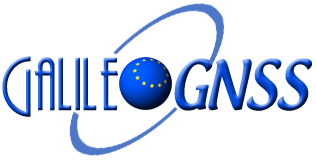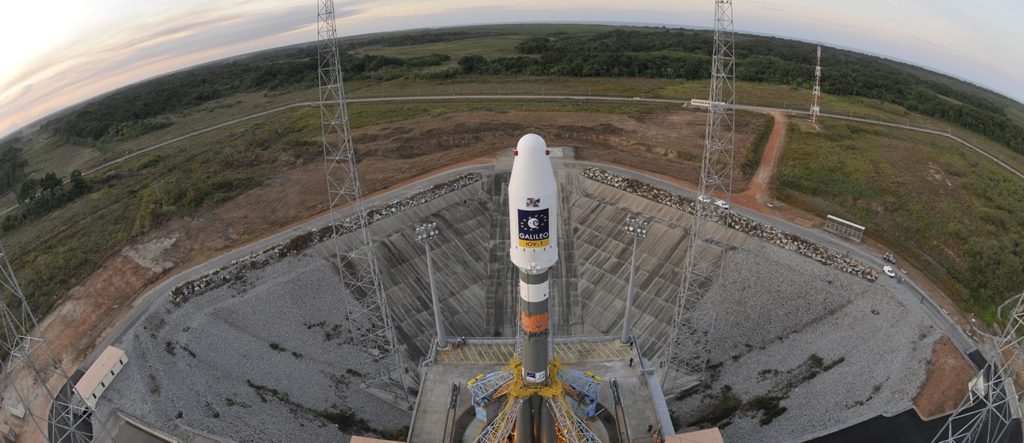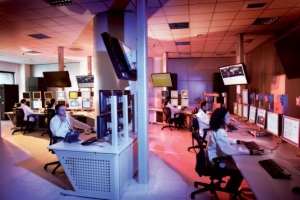The Soyuz launcher for Arianespace’s upcoming mission with the two Galileo satellites is taking shape at the Kourou Spaceport for a 27-March liftoff from French Guiana.
During activity in the Spaceport’s Soyuz Launcher Integration Building, the medium-lift workhorse began to assume its iconic form. The assembly of the Soyuz ST-B’s first two stages, plus its four first stage boosters, took place last week. Assembly takes place on a horizontal basis, in the Russian manner. Read more…



